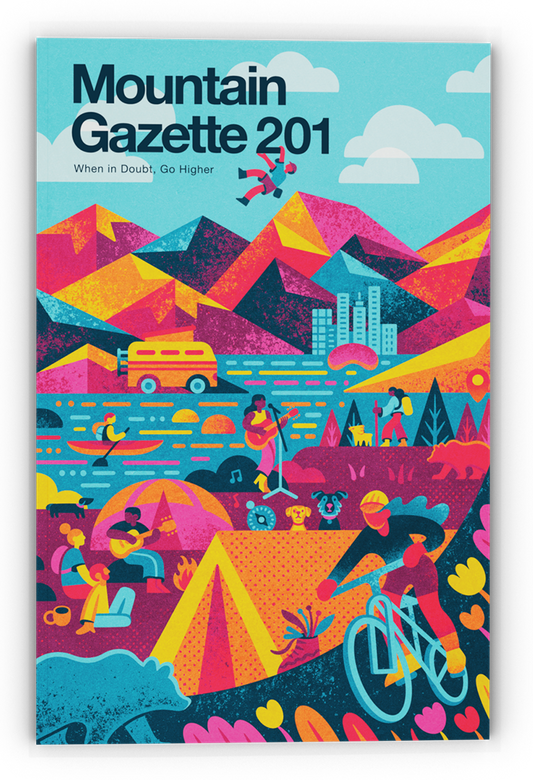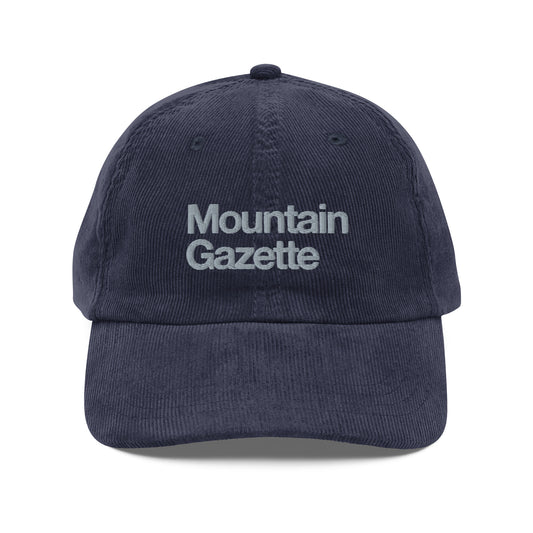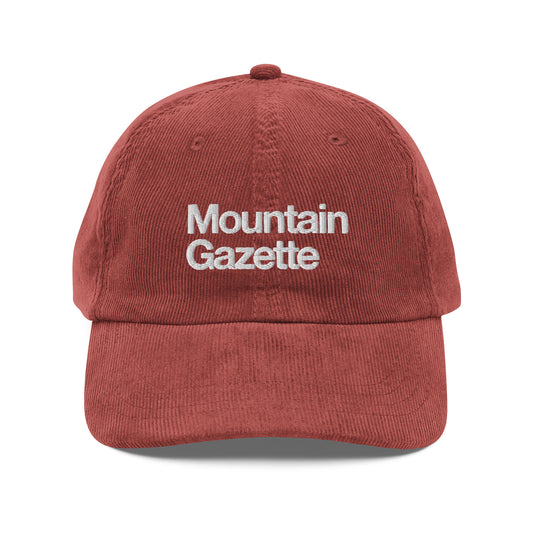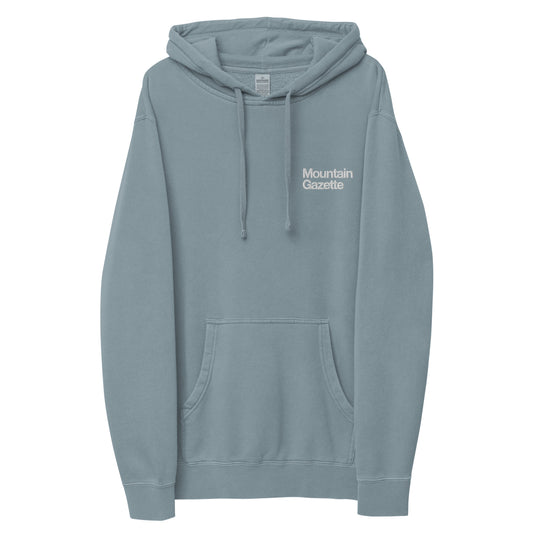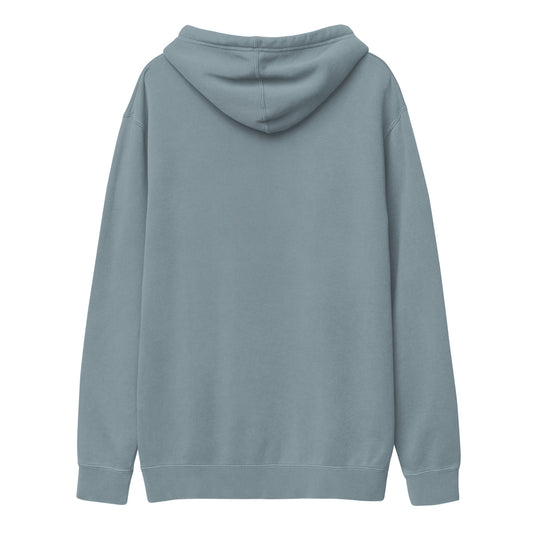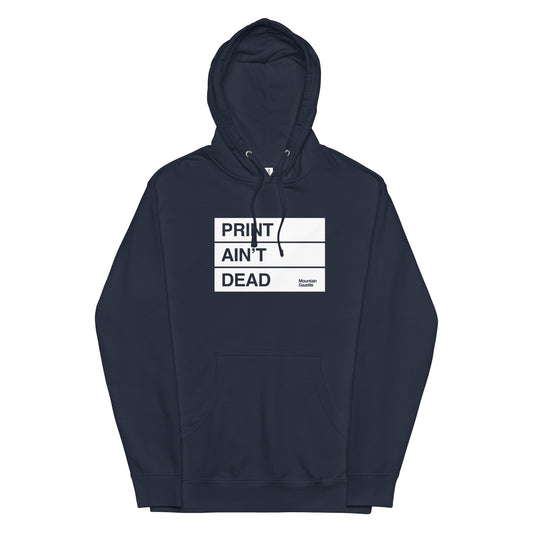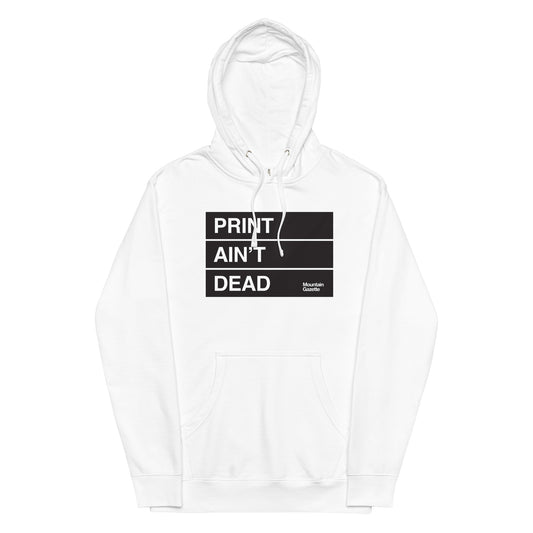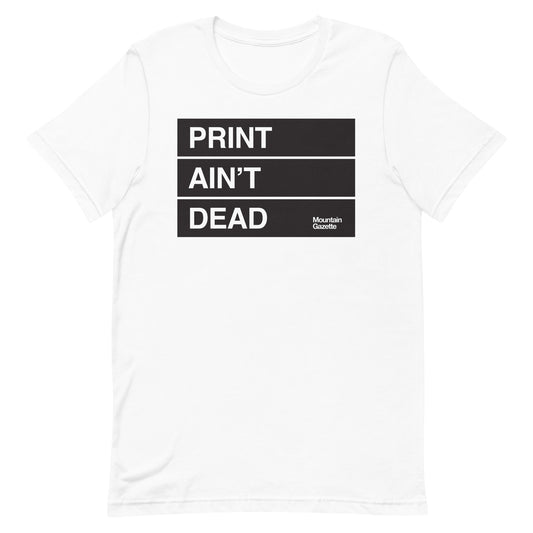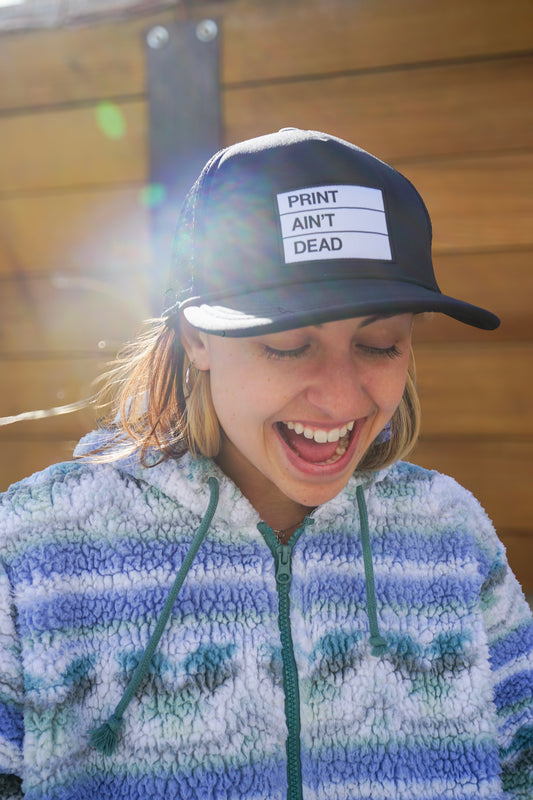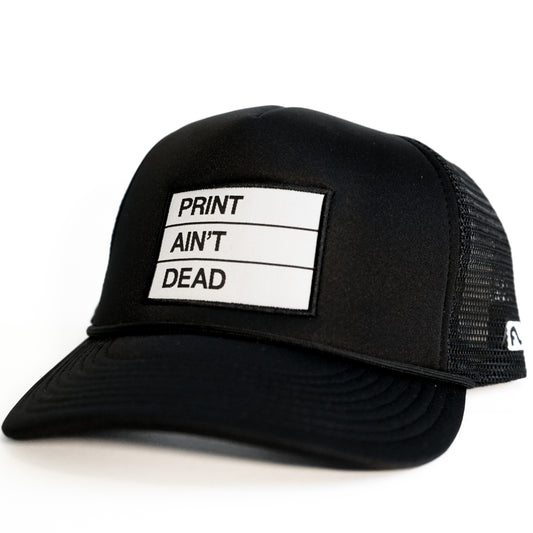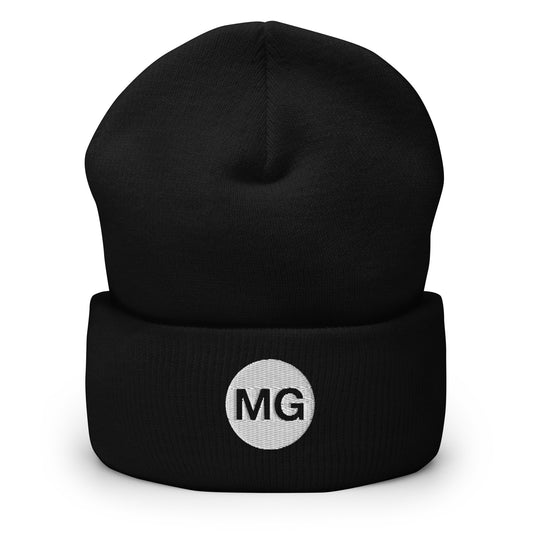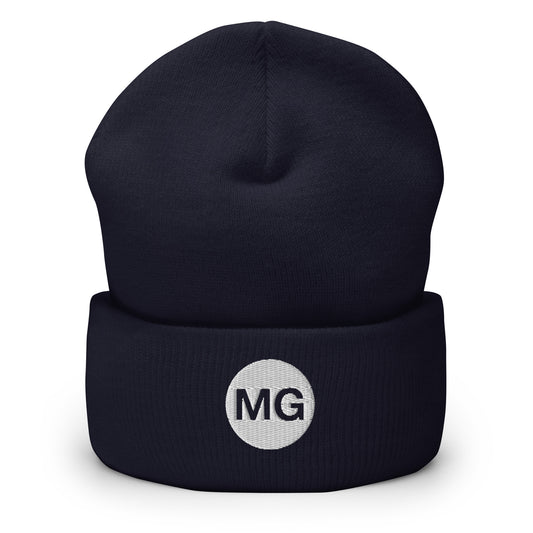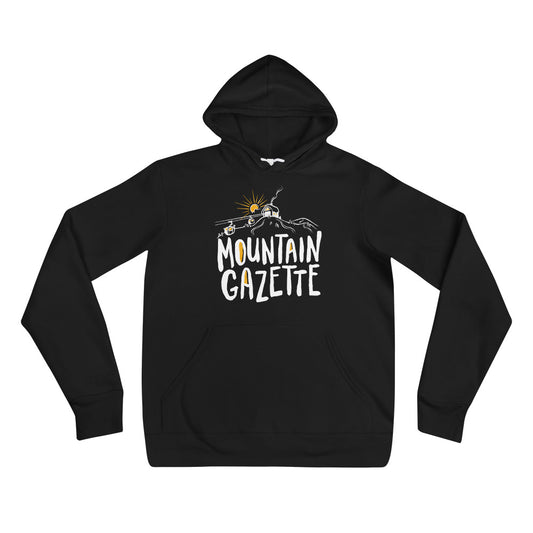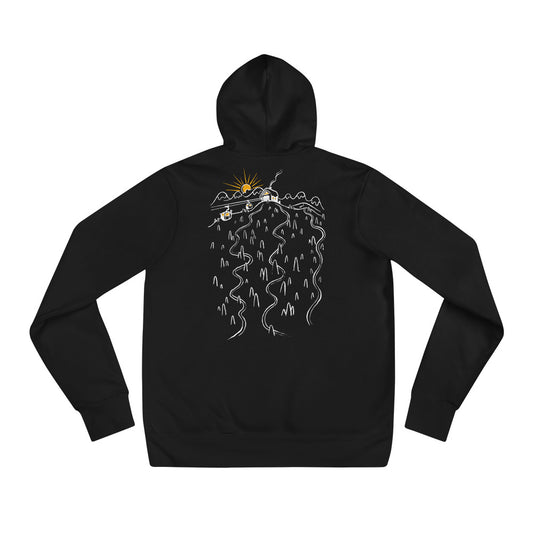This profile was originally published in the Mountain Gazette Sunday email. Subscribe to our weekly email
For this week’s feature, Mike put me in touch with Stan Evans. Once an army brat-snowboarder from Alaska, Stan now works in the advertising world as a commercial photographer and videographer in Los Angeles, while also hosting and directing his own podcast.
“Photographer, activist – I’m really just a curious human,” Stan describes himself. “People see the world in a different way and one of the things I really like about photography and writing and arts is you get to showcase how you can see the world.”
Growing up, Stan’s world was an army base just outside Anchorage called Port Richardson. Surrounded by the state’s natural beauty and its accessibility to the outdoors, it seems inevitable that Stan eventually found interest in both the world of photography and the world of snow sports.
“I had a photography club at school, and when our school got out, we would all go night skiing at a local hill. So I would take my camera with me and I’d shoot photos for fun, and sometimes turn them in for school projects.”
A predominantly caucasian state, Stan was a minority in both Alaska and the world of winter sports.
“From the day I started snowboarding, there were never any other Black people doing it. I grew up in Alaska, I went to school in Montana, I had a degree in photography. I probably put more days on the hill than most people across the board, but when I tried to get into sports photography, people just couldn't fathom the fact that I had expertise.”
Not only was Stan a minority in a white-dominated sport, but he was also the only Black snowboard photographer at the time.
When Stan left Alaska, he also left the world of winter sports. “I was doing a hundred days a year on the hill and it was just beating up my body – I’ve had six knee surgeries. But also, I think after a time, what bored me of it was the fact that no one that looked like me. You get tired of being the only one.”
Stan eventually went east to New York to work with influential photographers and other artists like himself. “It was really transformative. I realized that by focusing so much on the outdoor space, documenting, skiing, snowboarding, I had missed so much of the world.”
Stan says he views photography as a language, and aims to communicate diverse perspectives using the medium. It was this unique approach to imagery and communication that enabled Stan to work with some of the largest consumer brands in the world.
As his career in image advertising advanced, Stan began to see how some brands often missed the storytelling mark when it came to inclusion and diversity, often resulting in alienation of certain consumer groups and various PR setbacks.
“Companies will say that they will take ads, or they'll shoot photos and market it to look as if they're doing something positive, advocating for something. But you really have to ask yourself: is there quality equity in this?”
Who are you trying to communicate with? If you want to get more people to think about being conscious of global warming, you have to ask: who is most affected by climate change? People on the coast, or third-world countries. Where are the biggest communities at? In cities. So why are you targeting people in, say, Jackson Hole?”
Curious to explore the relationship between advertising and activism, Stan created the Social Studies Show podcast in 2019. In the series, Stan speaks with a wide range of experts with various backgrounds to discuss possible solutions “both Steve Jobs and Martin Luther King would agree upon”, utilizing advertising to generate positive, cultural change.
When choosing who to invite onto the podcast, Stan says he looks for individuals in advertising who have interesting, sometimes outlandish stories to share, who have definitive opinions, and share Stan’s curiosity and willingness to discuss meaningful, relevant topics.
“I also like to interview people who I know will have concrete advice. Like, these are the steps you need to take. And, to share failures, too. Too often, success stories are told without the failures that littered the path along the way, and it creates unrealistic expectations of attainability.”
Because the advertising world often falls short in terms of equity and inclusion of diverse perspectives, the Social Studies Show aims to educate those from minority communities who want to learn how to “drive the ship” for themselves, and make money doing it.
“Sometimes people in diverse communities don't have the next steps to get to, say, a place of economic growth, generational wealth. So it’s kind of about having more people have more seats at the table, and the tools to do that.”


